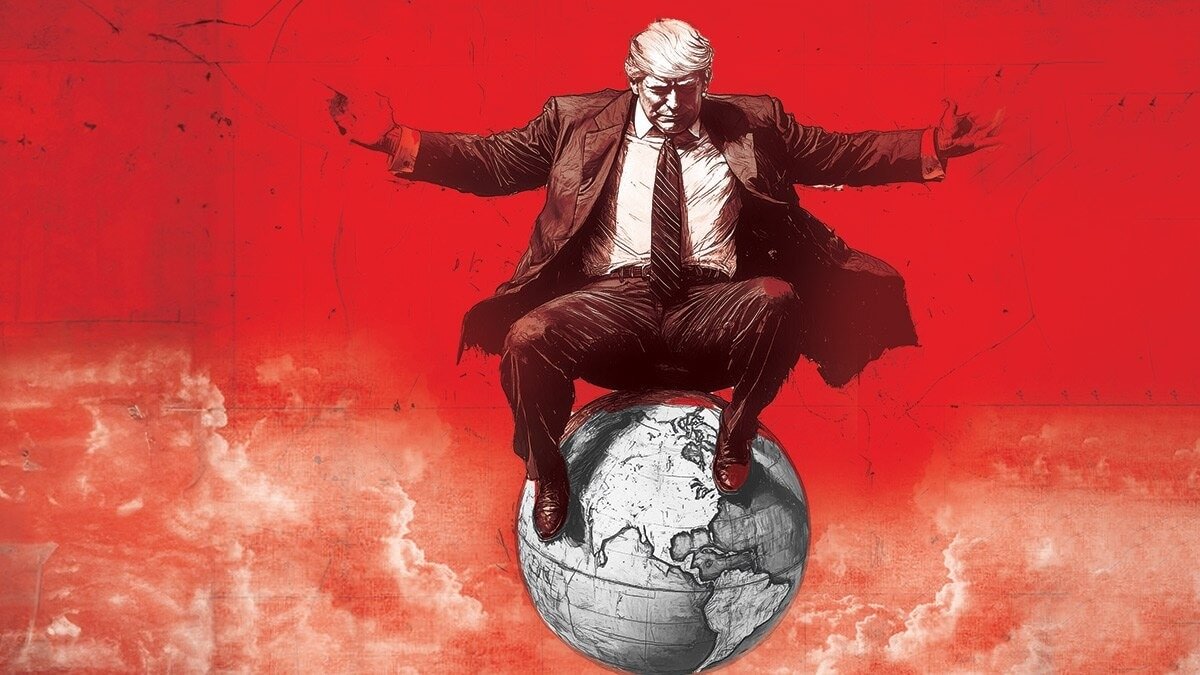
Businessman Arnaud Bertrand requested on Thursday the recently announced United States rate at 50% on Lesotho, describing it as a brilliant example of the “economic inconsistency” behind the so-called reciprocal rate regime of former President Donald Trump.
“To illustrate how these rates were not sensitively calculated, take the example of Lesoto, one of the poorest countries in Africa with only $ 2.4 billion in annual GDP, which is taking place with a 50% tariff rate in the Trump Plan, the highest rate among all the countries on the list,” said Bertrand in a detailed place of X.
Lesoto, a land without land in South Africa, is part of the South African Customs Union (SACU) along with South -Africa, Namibia, Eswatini and Botswana. The five countries apply a common external fare structure, although they have received very different fares in the United States: Lyoto at 50%, south -30%Africa, 21%Namibia, 37%botswana and Eswatini only 10%.
Bertrand argued that disparity shows that rates are not calculated based on real commercial policies, but in a “simplistic and financially meaningless formula”. According to him, it seems that the United States has used the bilateral trade deficit, specifically, the difference between North -American imports and exports, was divided by the country’s exports to determine a nocational “rate”, and then applied half of this number in the name of reciprocity.
“In the case of Lesotho,” he said, “the calculation is like: ($ 236 million – $ 7 million)/$ 235 million = 97%. It is the” tariff “Lesotho is considered to charge the USA and half of this, that is, about 50%, is what the United States recovers.”
Bertrand pointed out the absurdity of punishing a nation like Lesotho, where more than half of the population lives less than $ 3.65 a day. “They just can’t afford us. No one will buy an iPhone or a Tesla for this type of income.” He wrote.
We also wondered how these rates achieve Trump’s declared goal of restoring U.S. manufacturing. “47.3% of Lesotho exports are diamonds: How can you bring the” manufacture “of this” to the United States “?” asked.
Instead of correcting commercial imbalances, Bertrand said that rates penalize countries due to structural economic realities that they cannot control. He added: “These rates represent a complete investment of the North -American Development Policy” that had previously promoted trade as a road outside poverty.
Bertrand concluded: “In the name of combating unfair trade, America has just shown what really unfair trade is.”
The economist Notat Nourel Roubini also hit the United States’s fare methodology, saying that the whole formula is completely defective, as he falsifies the only fair trade balance is zero. “According to this rule, as the United States manages a commercial surplus in services, other countries should impose a large reciprocal rate on services against the United States,” said Roubini.








